Technology boosts entertainment and education to make designing more engaging, Li Yingxue reports.
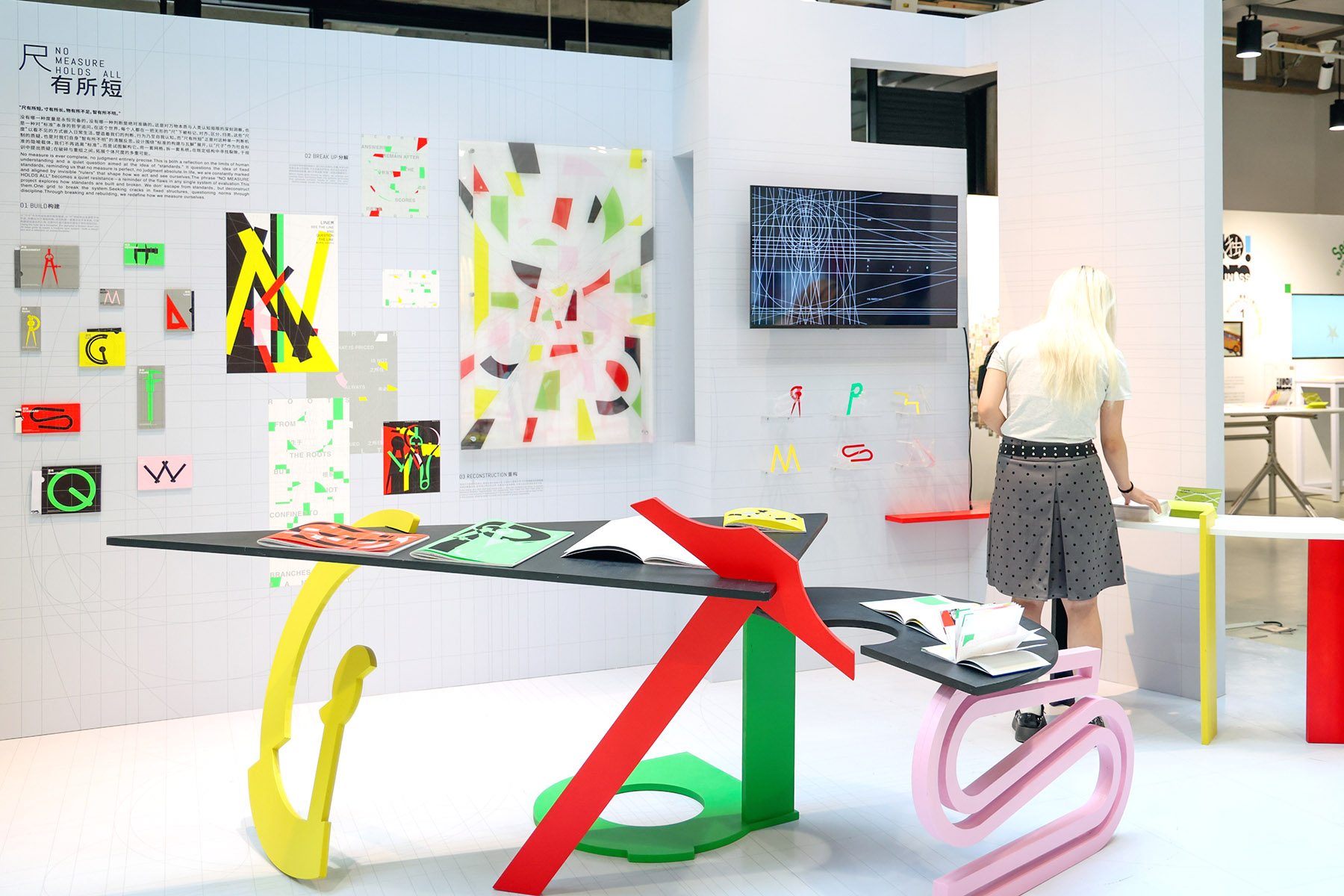
Twenty-one-year-old Liu Jianan grew up lending a hand at her sister's autism rehabilitation center in Xiamen, Fujian province.
An avid illustrator, she hoped to support children on the spectrum — experimenting with picture books, puzzles and interactive games. It wasn't until her junior year at the China Academy of Art, while studying art and technology, that she discovered the potential of artificial and virtual reality. That discovery sparked an idea: What if immersive technology could make therapy more engaging for autistic children?
"The biggest challenge for people with autism is integrating into society," Liu explains. "Fine motor skills are key, especially for hands-on work. But traditional exercises like origami can feel dull to kids. I wanted to make it fun."
Together with two schoolmates, Liu created Foldiverse — a VR-guided origami program where children fold animals like birds or cats following voice instructions. Once complete, the folded creatures come to life on screen — transforming a quiet exercise into a moment of magic.
READ MORE: Stepping into the mythical world of Wukong
As a student representative, Liu shared her story at the opening ceremony of Metamorphoses: 2025 CAA Graduation Season.
For Liu, the CAA offered more than artistic training — it was a gateway to future-forward design. Immersed in disciplines like artificial intelligence, spatial computing, and interaction design, students had the freedom and tools to explore creativity through technology.
"It's where I found my voice — and my purpose — as a designer," she says.
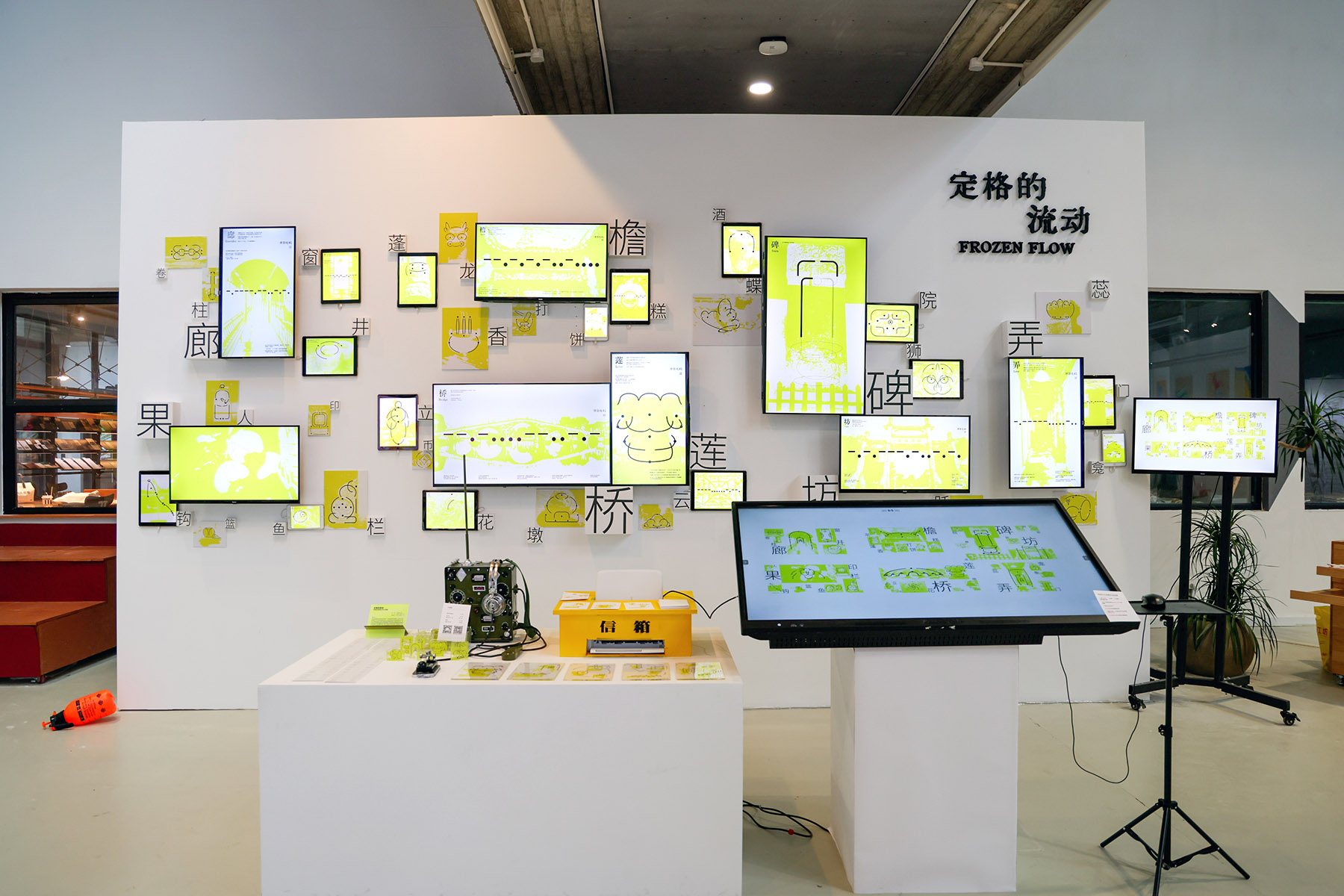
Her work has since been featured at leading conferences like the Annual Symposium on Computer-Human Interaction in Play. In fall, she'll enter a direct doctorate program at The Hong Kong Polytechnic University.
Liu says she hopes to continue using interdisciplinary design to support special-needs communities and expand the reach of inclusive technology.
Foldiverse became one of the most talked-about installations at this year's graduation showcase. Dozens of families with autistic children attended live demos — the kids were enthralled, their parents visibly moved.
Liu's project was one of more than 3,000 featured works. This summer, over 2,900 CAA graduates have turned Hangzhou, Zhejiang province, into a citywide design celebration, unfolding across seven venues including the Xiangshan, Liangzhu and Nanshan campuses, Zhejiang Art Museum, and beyond.
While Black Myth: Wukong dazzles gamers in one corner of the city, the Metamorphoses event offered a different kind of spectacle — a vivid dialogue between art, technology and everyday life. The Graduation Season ended on Friday.
In fact, it has evolved far beyond a school exhibition. With visual arts, design, live performances, fashion shows, trend showcases and creative markets, it now feels like a full-fledged cultural festival — capturing the pulse of a new generation.
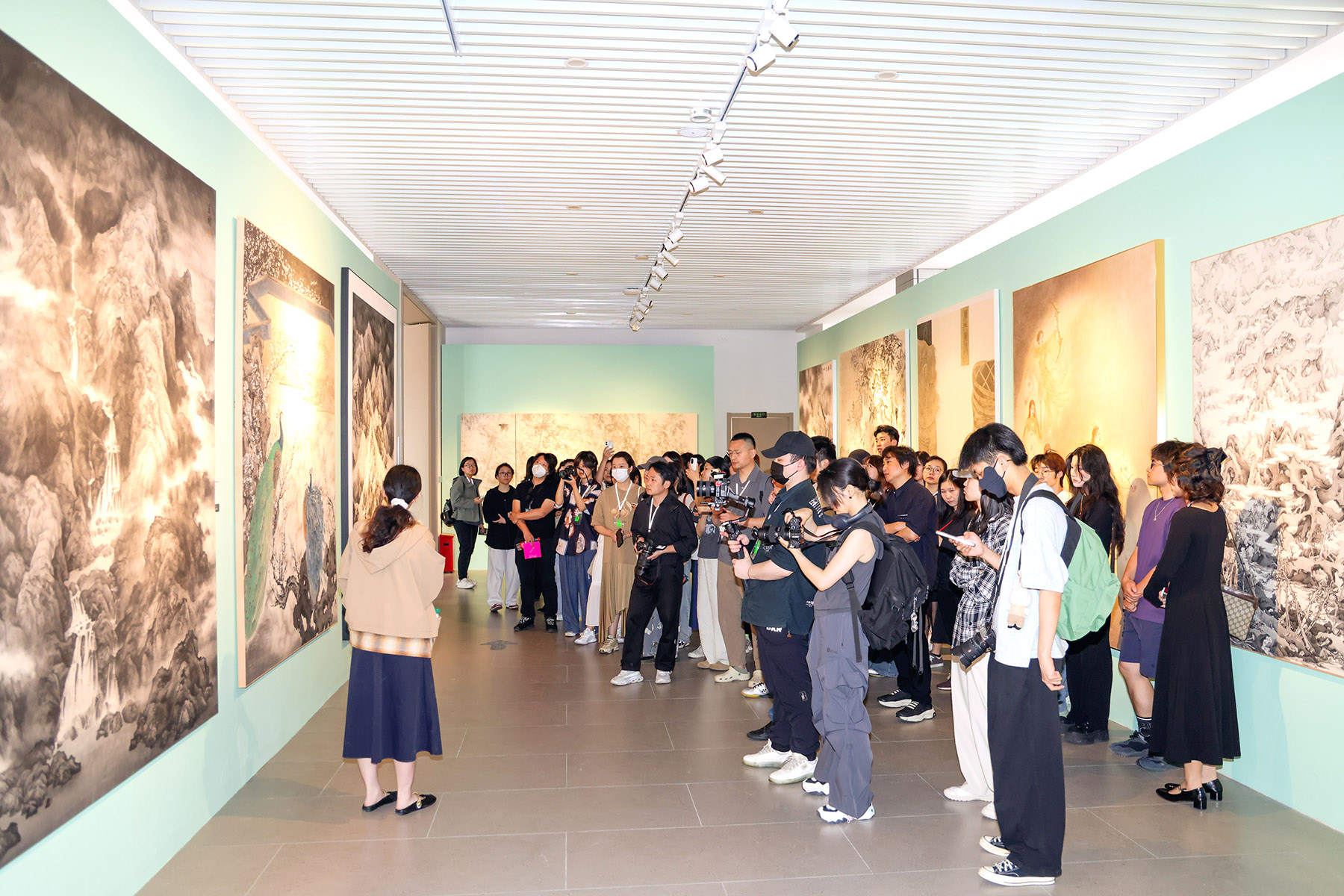
At its heart is a wave of young artists and designers brimming with creativity and a bold spirit of innovation, whose works are lighting up the city of Hangzhou with fresh energy and imagination.
Since launching the Graduation Season 16 years ago, the CAA has transformed what was once a campus event into a citywide phenomenon — now one of China's most influential art showcases.
"It's a grand stage where nearly 3,000 young talents present themselves to the world — and more importantly, a shared public space where the power of creation is felt and understood," says Yu Xuhong, president of the academy.
To Yu, Metamorphoses represents not just transformation, but potential, vision, and resilience. "Through change, our students engage with the world and refine their identities. In this continual becoming, they cultivate critical insight and creative force."
The works, he adds, reflect deep personal observations and sharp cultural awareness — rooted in China, reaching toward the world.
"I hope our students will carry forward the spirit of creators — to shape life with imagination, and to push society forward with action."
The opening ceremony on May 31 set the tone — a poetic spectacle in the rain, where themed performances and a fashion show unfolded like a living canvas of youth and imagination.
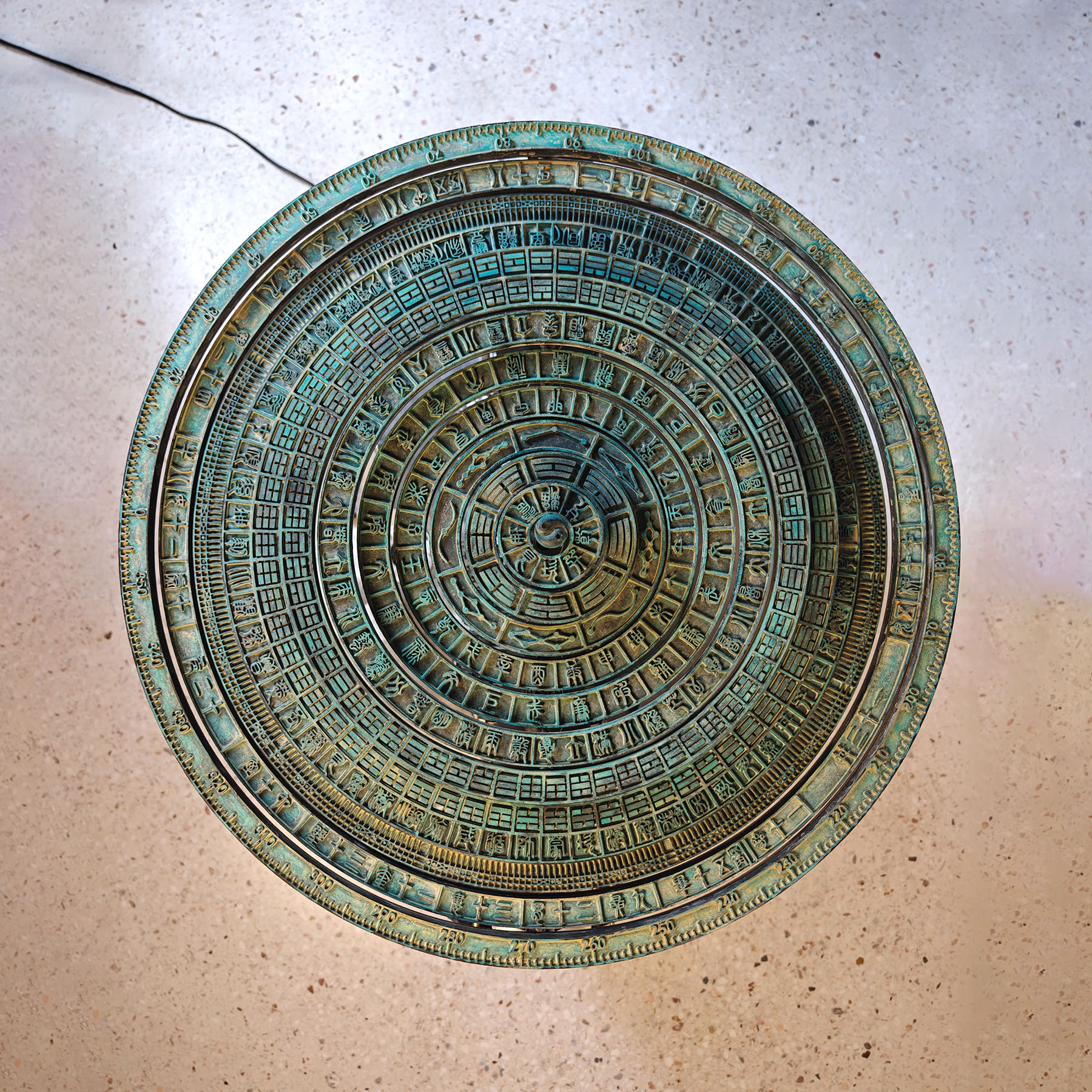
The runway, staged by the School of Fashion Design, opened under the theme Multiplicity. A total of 158 original looks drew inspiration from the mythical idea of metamorphosis — with graduates exploring shifting identities and layered inner worlds. Some fused digital storytelling and design; others reimagined traditional crafts through a contemporary lens.
"This year's stage breaks away from the typical front-facing setup," says Liu Yihong, artistic director of the ceremony and vice-dean of the School of Visual Communication. "We designed a four-sided immersive arena — a space that embodies the essence of Metamorphoses: how one stroke can open a universe and spark endless change."
The venue was transformed into more than just a performance space. It became a memory theater — with student thesis presentations, creative process videos, and everyday moments at the CAA projected onto its walls.
Another viral standout this year was a series of installations by Nie Shichang, a master's student from the School of Sculpture and Public Art. It fused ancient philosophy with mechanical design, with his multipart project bridging myth and machine, bronze and silicon.
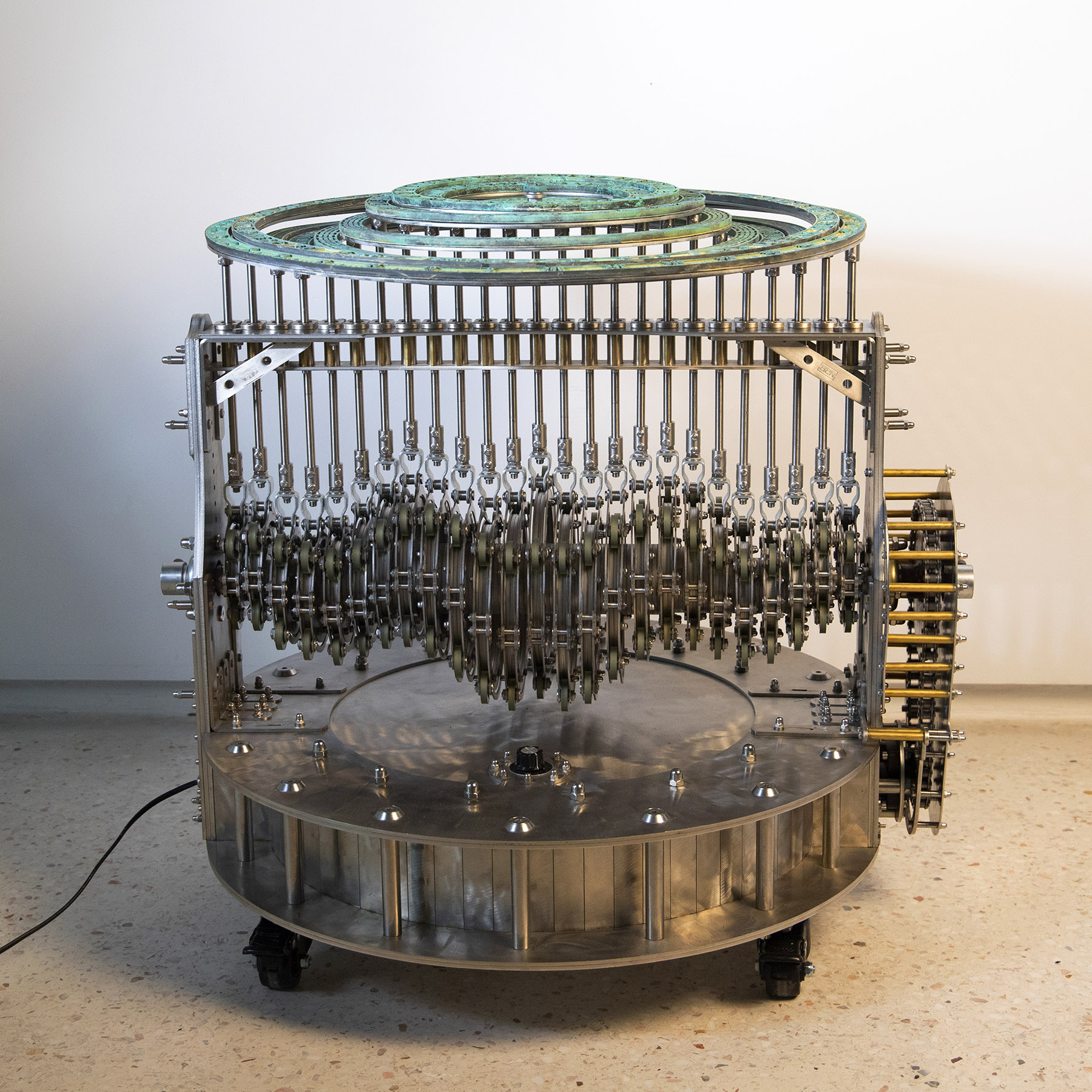
At the heart of the series was the Xunhuiyi (circuit instrument) — a kinetic installation inspired by the yin-yang symbol. A bronze fish and a motorized fish swim in circular motion, generating a mesmerizing visual rhythm.
The device symbolically fuses the aesthetics of the Bronze Age with the precision of the cyber era. "I wanted to create a collision — or perhaps a symbiosis — between the ancient and the futuristic," Nie explains. "As the gears interlock and spin, they mirror the eternal cycle of civilizations evolving and reincarnating."
The piece draws from a line in Xunzi, one of the most extensive and elegant works in the tradition of Confucian thought. "The beginning is the end, and the end is the beginning, like a circle with no edge." For Nie, it reflects a cosmic philosophy — everything flows in an endless loop.
Another highlight of the series is the dripping instrument, which mimics the ripple effect of a water droplet using mechanical transmission. The structure incorporates traditional compass motifs alongside organic movement. As the installation runs, rings of symbols — inscribed with seal script and hexagrams — rise and fall like ripples on water. Layer upon layer, the patterns extend outward, as if energy waves radiate from a single point in the void, echoing through the cosmos.

The entire project took more than a year to complete. Every component was handcrafted, with Nie personally handling all stages of the process — from modeling and 3D printing to cutting and final assembly.
Seeing how viewers interpret his work in diverse ways has been deeply gratifying, Nie says. "I'm honored. I think the viral response wouldn't have been possible without the public's emotional connection to traditional Chinese culture."
He sees the popularity of his work as part of a broader cultural shift. "In recent years, the rise of guochao — from hits like Black Myth: Wukong and Nezha at the box office — reflects a renewed appreciation for Chinese heritage and a return to cultural self-confidence."
ALSO READ: Memories of a master
Now 32, Nie has studied at the CAA since his undergraduate days. After receiving his master's degree this summer, he plans to continue on to a doctorate degree at the academy. His love for traditional culture and mechanical design fuels his creative vision, and he hopes to further develop this series in the years ahead.
"When the public embraces your work, it means you're on the right path," he says. "To express beauty through the lens of traditional Chinese culture feels right to me. In my doctoral studies, I'll keep pushing in this direction."
Contact the writer at liyingxue@chinadaily.com.cn


